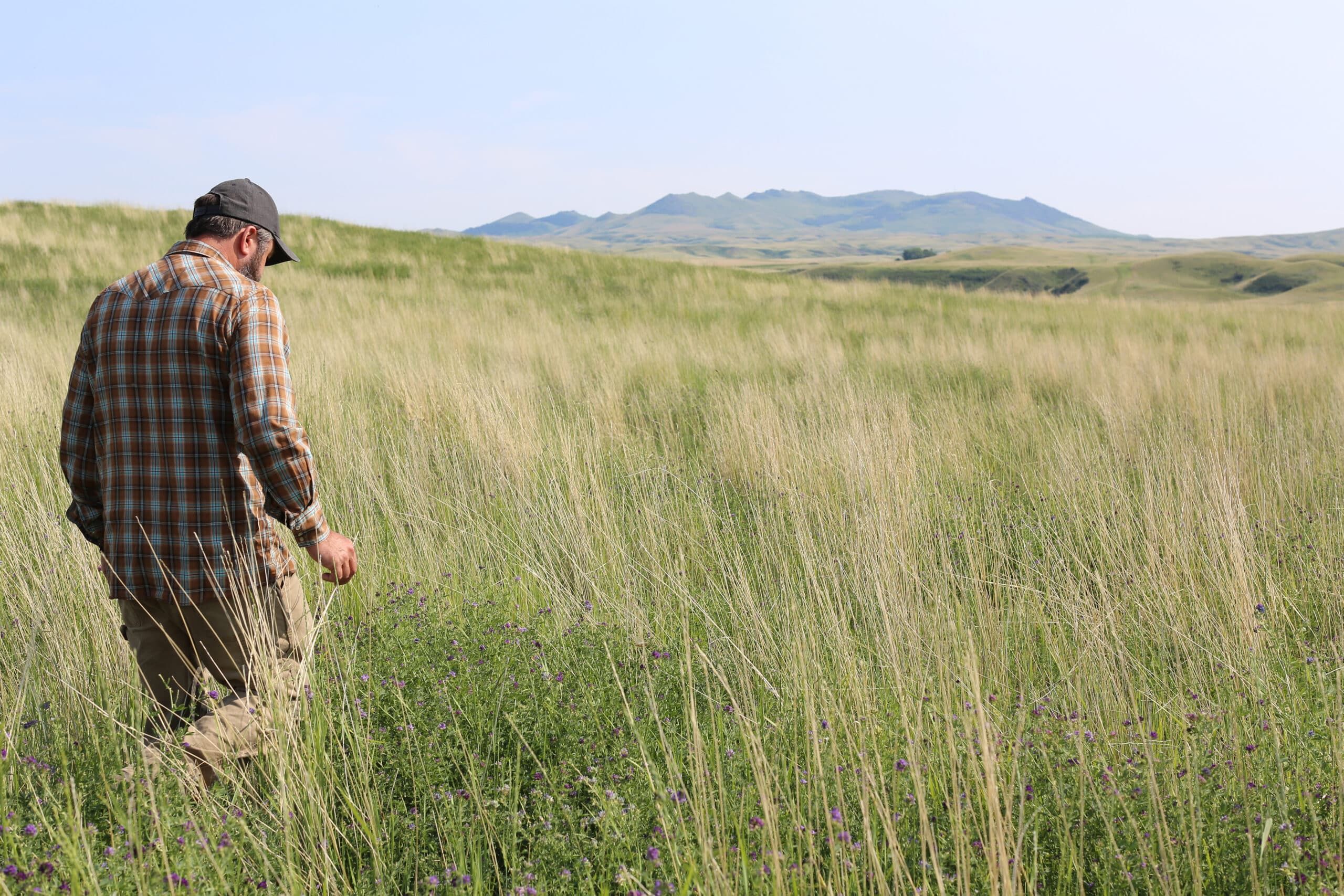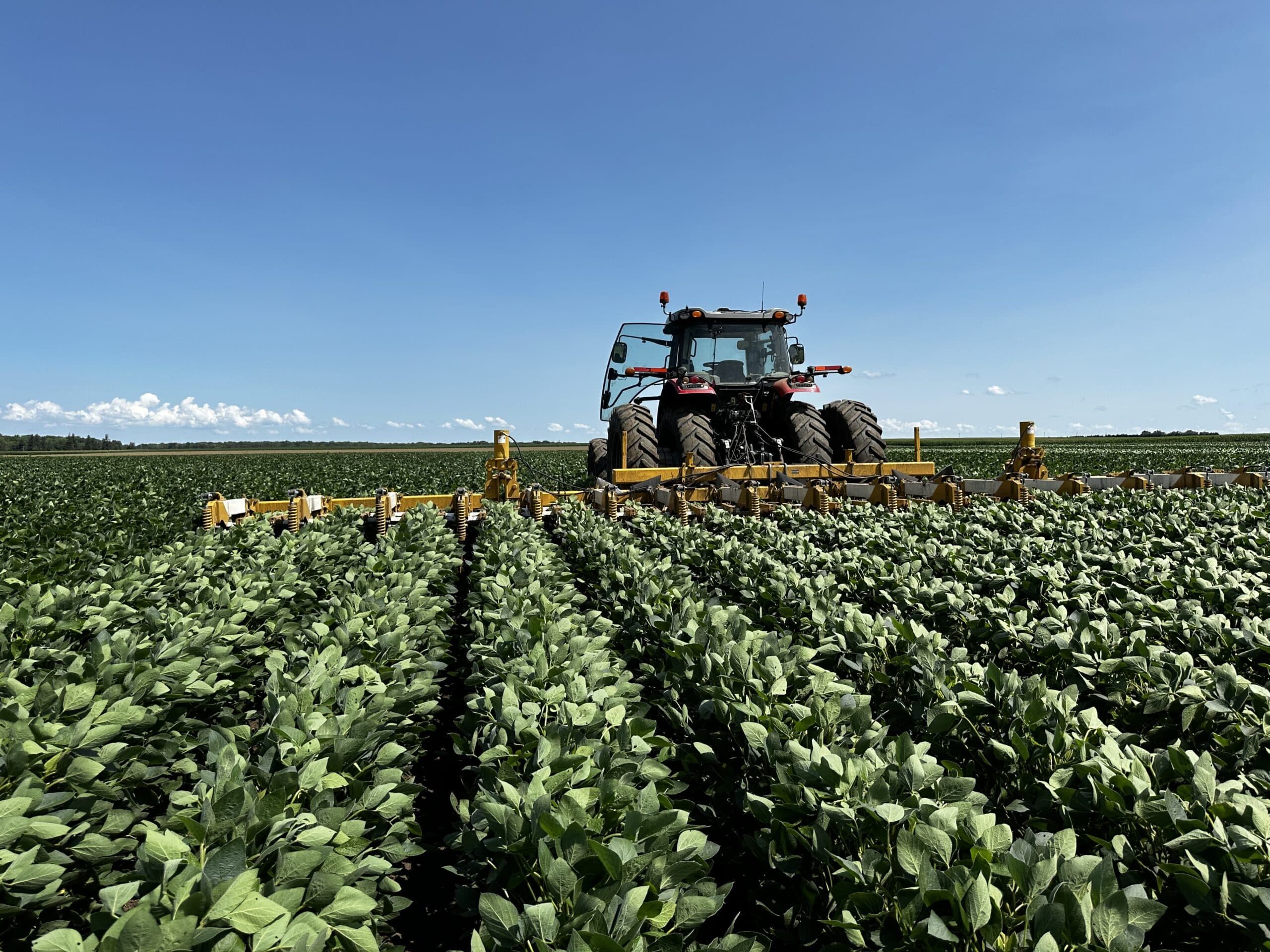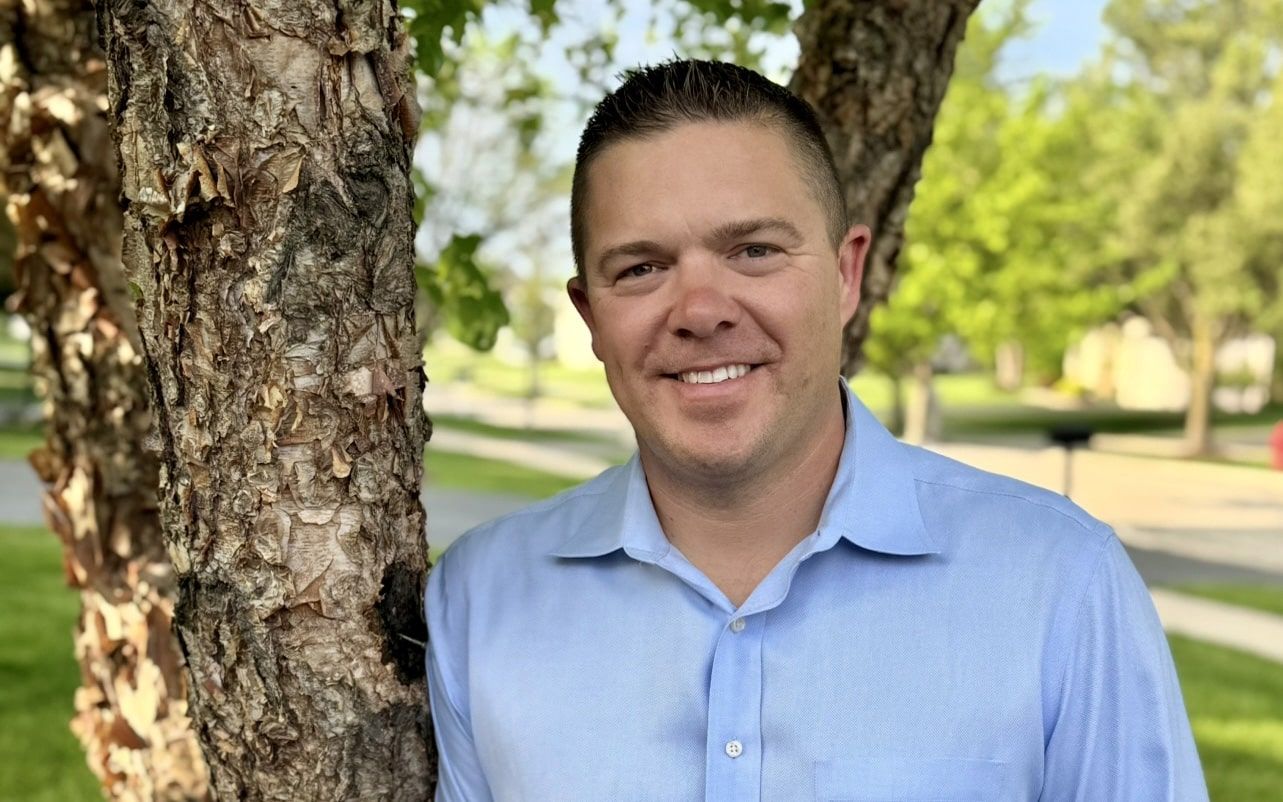BLOG
Dr. George Washington Carver: More than a peanut man
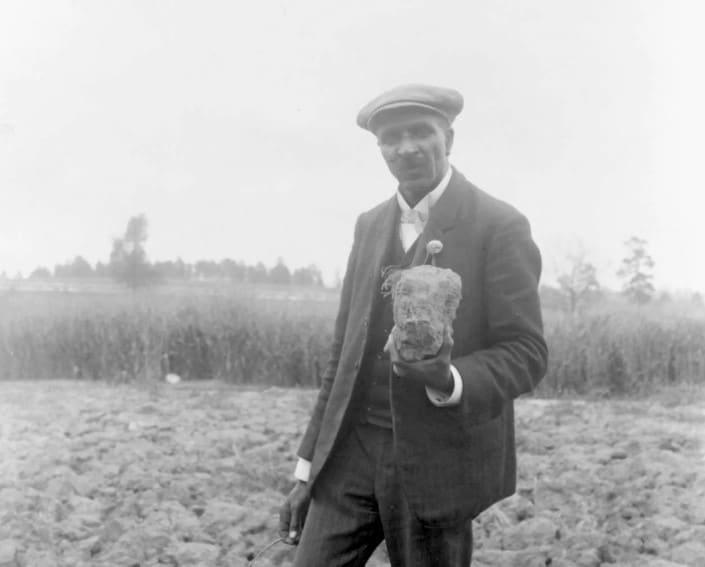
Celebrating Dr. George Washington Carver’s Impact on Sustainable Agriculture
Dr. Carver had a profound impact on sustainable farming practices in the South
Iroquois Valley was one of the first finance companies to support organic farmers, dating back to 2007. However, many years before us, Dr. George Washington Carver was applying organic practices to improve soil health. In honor of Juneteenth, we are celebrating the legacy of Dr. George Washington Carver, a Black farmer who was among the first to formally recognize the importance of cover crops (particularly the peanut) and diverse crop rotations.
While Dr. Carver is often cited in textbooks as the “Father of the Peanut Industry”, he has accomplished much more than his discoveries of over three hundred peanut products. His influence on sustainable agriculture and economic and social justice for Black farmers in the South is not widely known but is incredibly important to acknowledge.
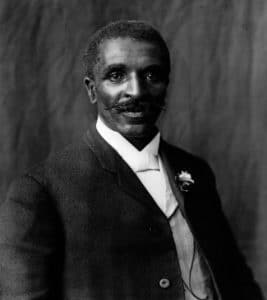
Prior to becoming a world-class researcher and botanist, Dr. Carver was born into slavery in 1864. As a child, Dr. Carver wasn’t allowed to get an education at a public school but attended a school for Black children while working on a farm in southwest Missouri. Eventually, Dr. Carver studied agriculture and botany at Iowa State University and was the school’s first Black student. Following his graduation from ISU, he was invited to lead the Agriculture Department at Tuskegee University where he remained for 47 years. In his tenure at Tuskegee, Dr. Carver was particularly interested in sustainable agriculture as a practical solution for improving the lives of poor Black farmers in the South.
At the time, many farmers in the South grew exclusively tobacco or cotton, and Dr. Carver quickly noticed the negative effects that monoculture farming had on the health of the soil. Cotton in particular has shallow roots and that combined with monocropping meant that soil eroded more quickly from a piece of land than if the soil was left bare. All across the South, soil was depleted of nutrients. Extensive nitrogen fertilizers seemed to be the only solution to restore the soil.
In an effort to improve soil health and conserve the land, Dr. Carver encouraged farmers to diversify their crop rotations. He recognized that by producing multiple crops and rotating them every other year, rather than growing solely cotton or tobacco, farmers could restore soil health. Dr. Carter also determined that sweet potatoes and legumes had a positive impact on soil health. He was particularly fascinated by the peanut with its deep roots and its ability to add nitrogen back into the soil, thereby reducing the need for fertilizers.

Back at Tuskegee, Dr. Carver founded a research lab where he worked tirelessly to develop new applications for peanuts, sweet potatoes, and pecans. By the end of his career, he discovered more than 300 new uses for peanuts (including food products, cosmetics, and glues). In 1917, he published the prominent bulletin “How to Grow the Peanut and 105 Ways of Preparing It for Human Consumption.”
His work with peanuts contributed to the economic improvement of the South and development of Georgia’s peanut industry. Nevertheless, peanuts were a hobby to Dr. Carver, and his main focus was on teaching poor southern farmers how to farm more sustainably. Many years after his research on peanuts was published, Dr. Carver’s guide to diversifying crop rotations “remains the standard for sustainable agriculture in the South and continues to lead to new developments for improving sustainability.”
Following Dr. Carver’s death in 1943, President Franklin D. Roosevelt famously said, “the world of science has lost one of its most eminent figures.” We couldn’t agree more, and we are grateful to Dr. Carver and his team for all of their important work in advancing social justice and sustainable agriculture!
Sources:
Kaufman, Rachel. (2019, February 21). In Search of George Washington Carver’s True Legacy. Smithsonian Magazine. https://www.smithsonianmag.com/history/search-george-washington-carvers-true-legacy-180971538/.
Missouri Department of Agriculture. (n.d.). George Washington Carver: History of an Educator, Innovator, Leader. https://agriculture.mo.gov/gwc.php.
National Peanut Board. (n.d.). What You Didn’t Learn in School: George Washington Carver Wrote the Book on Sustainability. https://www.nationalpeanutboard.org/news/what-you-didnt-learn-in-school-george-washington-carver-wrote-book-on-sustainability.
Sandborn, Dixie. (2019, February 13). George Washington Carver’s contributions to agriculture in the U.S. Michigan State University Extension. https://www.canr.msu.edu/news/george-washington-carvers-contributions-to-agriculture.
